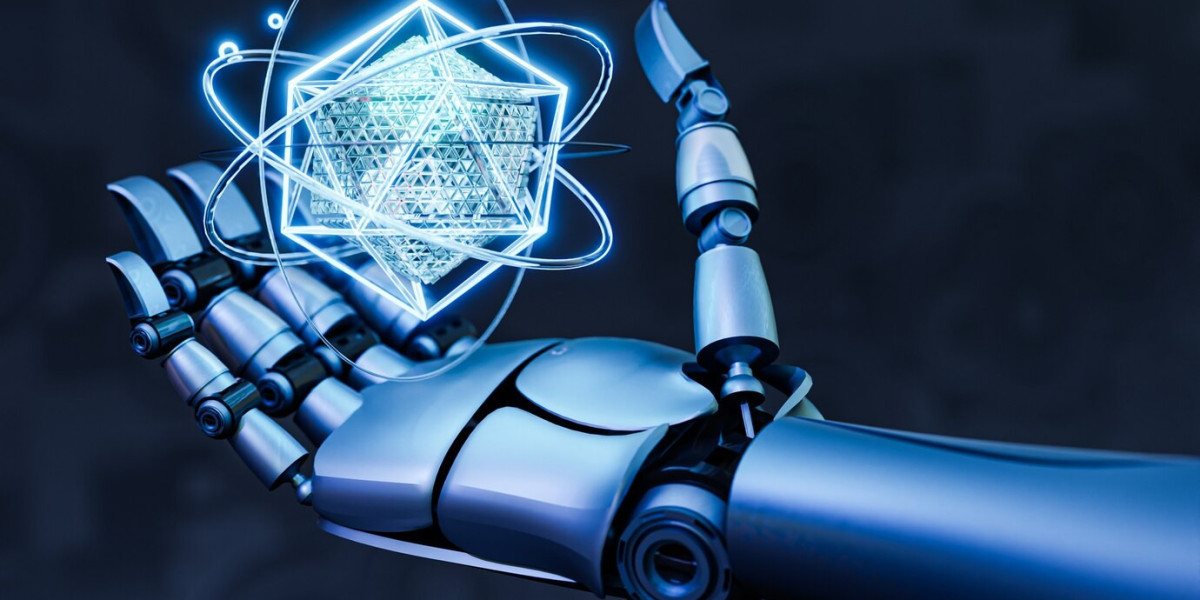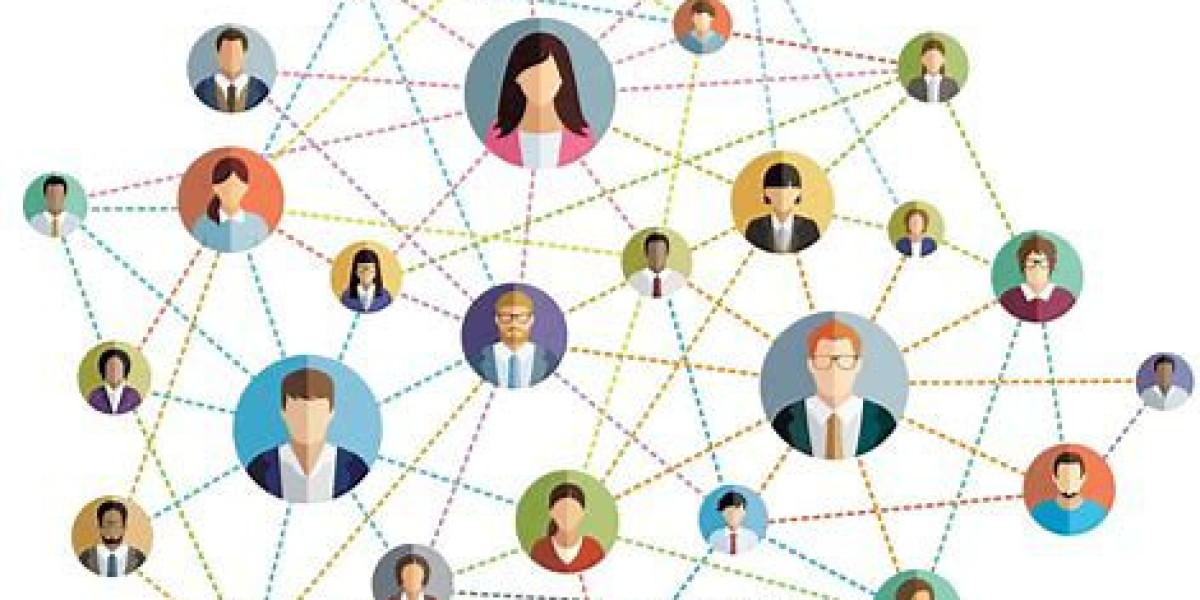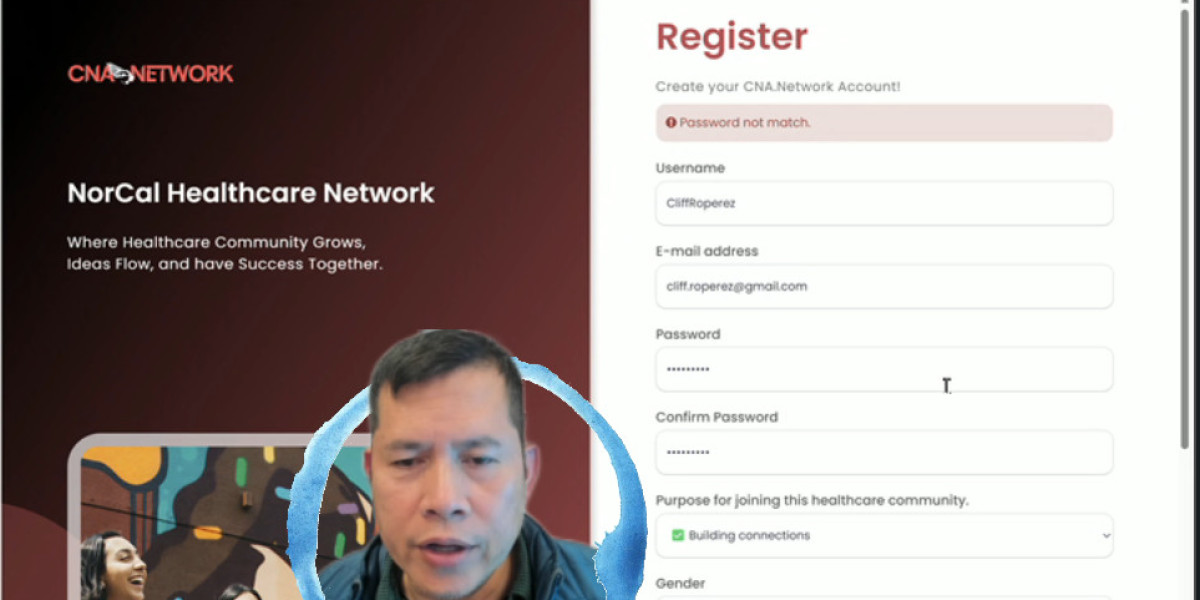Artificial Intelligence, or AI, sounds like something from a science fiction movie. But today, AI is very real — and it’s changing the world around us. From unlocking your phone with your face to getting movie suggestions on Netflix, AI is working quietly behind the scenes.
But how does it actually work? In this simple guide, we’ll break it down in a way that’s easy to understand, even if you’re completely new to the topic.
What Is Artificial Intelligence?
Let’s start with the basics.
Artificial Intelligence is when computers are programmed to think and learn like humans. Instead of just following fixed instructions, AI can make decisions, solve problems, and even improve itself over time.
Imagine teaching a dog to fetch a ball. At first, you show it what to do. Over time, the dog learns to fetch the ball on its own. AI learns in a similar way — it gets better as it experiences more information.
Why Do We Need AI?
Life today is more complex than ever. There’s too much data, too many tasks, and not enough time. AI helps by:
Saving time: Automating boring, repetitive jobs.
Making better decisions: Analyzing massive amounts of data quickly.
Creating new possibilities: Like self-driving cars, medical breakthroughs, and smart homes.
AI makes our lives easier, faster, and sometimes even safer.
The Three Main Types of AI
Not all AI is the same. There are three main types:
Narrow AI
This is the most common type today. It’s designed for a specific task, like recommending a YouTube video or recognizing faces in photos. It’s smart at one thing but can’t do everything a human can.
General AI
This would be an AI that can think and reason like a human in any situation. Scientists are still working toward this. It doesn’t exist yet.
Super AI
This is AI that would be smarter than humans. It’s still in the imagination stage — you’ll mostly hear about it in science fiction. For now, all the AI we use daily is Narrow AI.
How AI Actually Works
Now the big question: How does AI work?
Let’s break it down step-by-step.
Step 1: Data Collection
AI needs information to learn.
This information is called data. It can be anything — photos, emails, videos, numbers, or even words.
For example, if you’re training AI to recognize cats, you show it thousands of pictures of cats.
Step 2: Training the AI
Once it has the data, AI goes through a training process. It looks at the data and tries to find patterns. For example, it might notice that cats usually have pointy ears, whiskers, and a certain body shape.
The more examples the AI sees, the better it gets at recognizing the pattern.
Step 3: Algorithms
Algorithms are like recipes that tell the AI what steps to follow.
They help the AI decide: What to look for. How to measure if it’s right or wrong. How to improve over time. Think of an algorithm as a set of instructions, just like a cooking recipe. Follow the steps correctly, and you get a good result.
Step 4: Testing and Learning
After training, the Artificial intelligence is tested. It’s shown new data it hasn’t seen before to check if it learned correctly. If it gets it right, great! If not, it goes back, adjusts, and tries again.
This process is often repeated thousands (or even millions) of times until the AI becomes very accurate.
Step 5: Making Predictions or Decisions
Once trained, AI can start working.
It can recognize objects in a photo, translate languages, suggest songs you might like, or even detect fraud in bank transactions.
Every time AI makes a prediction or decision, it keeps learning and getting better.
Real-Life Examples of AI
AI is already part of our daily lives, often without us even noticing. Here are some simple examples:
Voice Assistants: Siri, Alexa, and Google Assistant listen to your voice and respond intelligently.
Netflix Recommendations: AI suggests shows and movies based on what you’ve watched.
Maps and Navigation: Google Maps uses AI to suggest the fastest route.
Email Spam Filters: AI figures out which emails are junk and keeps them out of your inbox.
Healthcare: AI can help doctors spot diseases early by analyzing medical scans.
AI is not just about robots — it’s about smarter software everywhere.
Can AI Think Like Humans?
Today’s AI is powerful, but it’s not really “thinking” the way we do.
It doesn’t have emotions, creativity, or common sense. It doesn’t “understand” things the way humans do.
Instead, it’s very good at spotting patterns and solving specific problems.
For example, an AI that’s great at playing chess cannot cook a meal or drive a car — unless it’s specially trained for those tasks too.
Challenges and Concerns About AI
While AI is exciting, it also brings some important challenges:
Bias: If AI is trained with bad or unfair data, it can make unfair decisions.
Privacy: AI systems collect a lot of personal data, which can be risky if not protected.
Job Changes: Some jobs might disappear because Artificial intelligence can do them faster and cheaper.
That’s why experts believe AI should be developed and used responsibly.
What’s Next for AI?
The future of AI is bright.
We’re seeing new developments in areas like: Self-driving carsAI helping doctors find cures for diseases. Robots that can assist in dangerous jobs. Smarter virtual assistants for homes and workplaces
As AI technology grows, it’s important for everyone — not just scientists — to understand the basics. That way, we can all help shape how AI is used in the world.
Final Thoughts
Artificial Intelligence is not as mysterious as it sounds.
At its core, AI is about machines learning from data, finding patterns, and making smart decisions.
While AI can do amazing things, it still needs humans — for creativity, for kindness, and for making the right choices. Understanding how AI works is the first step toward using it wisely and making the most of its potential.








